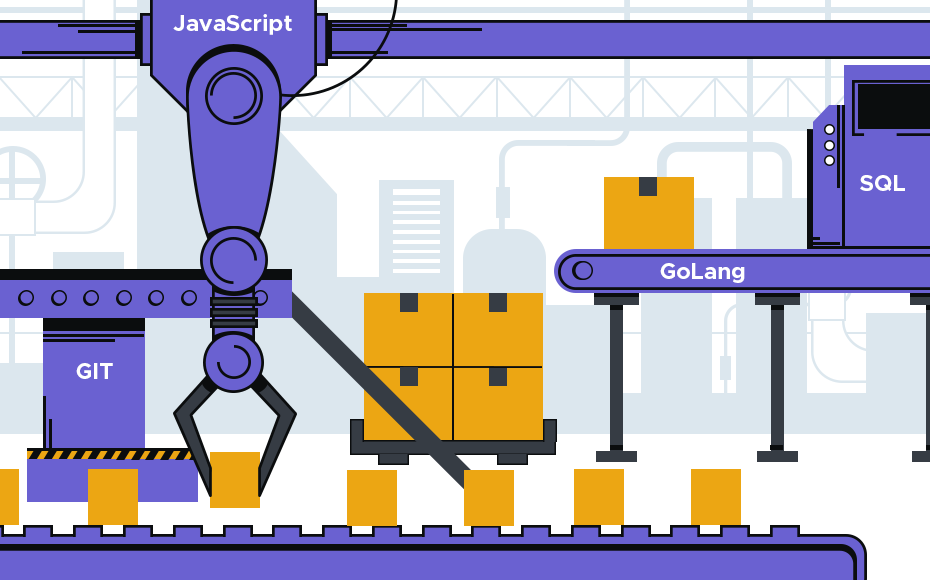Real Time Analytics
What is real-time analytics?
Real-time analytics means just that - the ability to query your data sources right now and obtain insights that are up-to-date. In traditional BI settings, reports come out periodically - perhaps at the end of month, quarter or reviewing year-on-year comparisons. This means clients are often waiting for new information or are basing decisions on out of date information. Real-time analytics solves these issues, although the ability to perform true real-time analysis requires careful system configuration.
Some groups such as finance teams may not require-real time data to analyze profit-and-loss metrics or compare budgets with forecasts. But for fast-moving online retail companies, for example, having the ability to see up-to-date data on inventory levels and consumer demands is essential for fast decision-making.
The benefits of real-time analytics
Insights are always up to date
This is the most significant benefit of doing real-time analytics. Whenever you make a data query, you can be sure that the results you get are based on the most up-to-date data that your organization has. This no-fuss approach makes doing analytics easier for the querier - as long as your data is good!
Saves time over requesting a database pull
Most BI platforms need to do a database pull (import) to the platform before running a query. This can be a time-consuming process, depending on the size of the database and network speeds. With bipp’s real-time analytics, we do in-database analytics - where only the query and results are sent over the network. In-database analytics saves a significant amount of time, which leads to real-time results.
No reporting errors from accidental use of out of date data
Out of date data is dirty data - and has the potential to break your BI project. When performing queries, if a user accidentally queries the pre-loaded database, say from last week, then they won’t be getting the results they meant to.
Requirements for real-time data analytics
In-database analytics
Pulling whole databases across a network and into a platform for querying means you likely won’t be nearing real-time speeds. The alternatives are slow-moving cubes or redundant data extracts, which means users can wait days for outdated dashboards.
Up-to-date data
How does data flow to your databases in the first place? If you use scheduled imports from other systems, you may want to consider streaming data services for the most up-to-date information. Otherwise, be aware of scheduling times and manual data entry tasks.
To see real time analytics in action…




